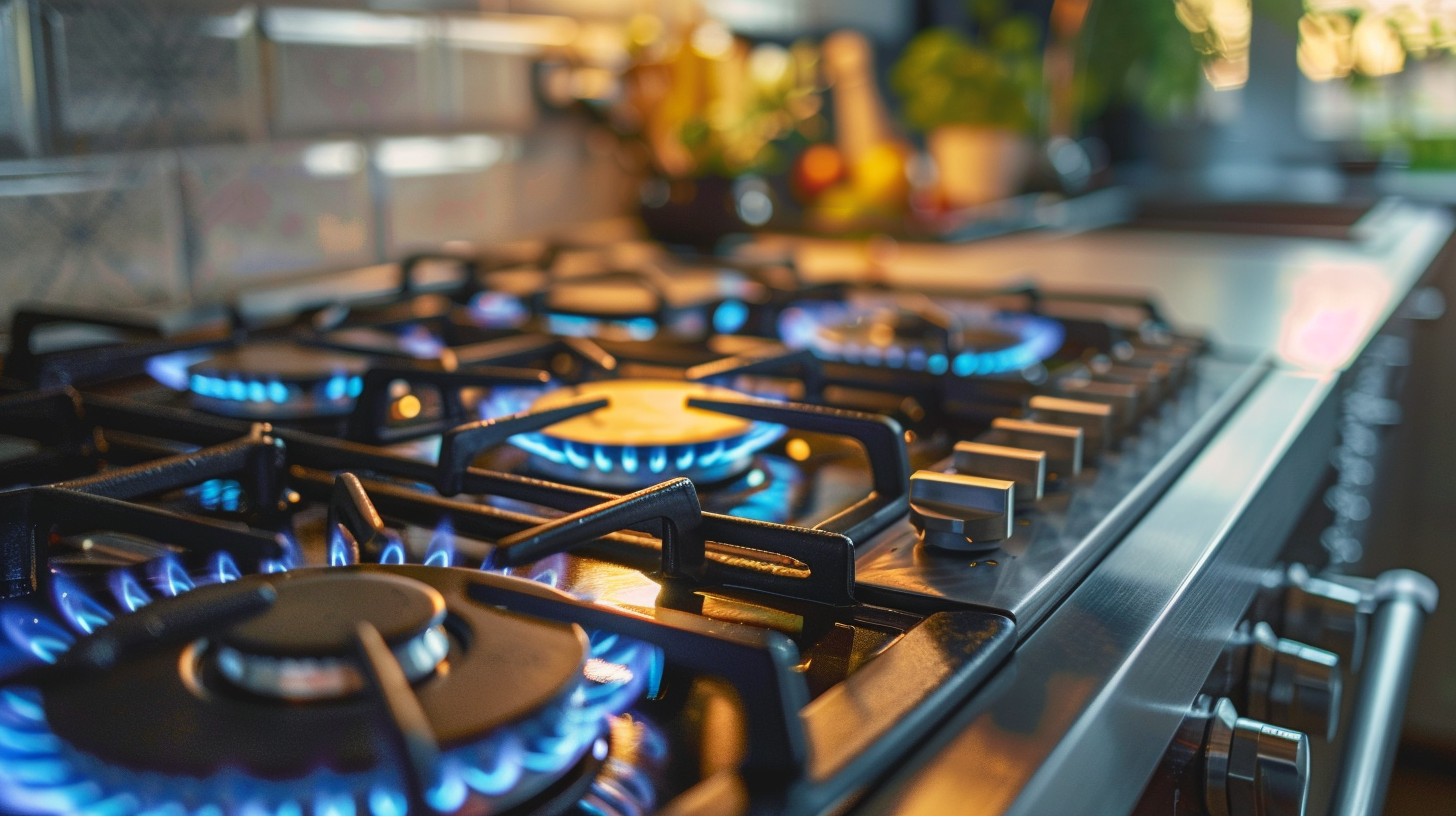
A new study conducted by researchers from Stanford University’s School of Sustainability found that gas and propane stoves could pose a threat to consumers’ long-term health and wellness.
Their findings showed that these types of stoves can emit dangerous levels of the pollutant nitrogen dioxide. The researchers warn that continued exposure to the pollutant can affect children’s lungs and respiratory health, and increase the risk of childhood asthma.
“I didn’t expect to see pollutant concentrations breach health benchmarks in bedrooms within an hour of gas stove use, and stay there for hours after the stove is turned off,” said researcher Rob Jackson. “Pollution from gas and propane stoves isn’t just an issue for cooks or people in the kitchen. It’s the whole family’s problem.”
Unhealthy levels of pollutants
For the study, the researchers used sensors in over 100 homes to measure the levels of nitrogen dioxide (NO2) present throughout the living spaces. The key was to see the changes in NO2 levels before, during, and after cooking.
Using a model created by the National Institutes for Standards and Technology, the researchers estimated national averages of NO2 production, as well as what the realistic output should be from gas stoves.
Ultimately, gas stoves proved to be a significant source of NO2 production. The researchers found that average use of a gas stove was linked to increases in exposure to NO2 by around four parts per billion each year. This figure is 75% of what the World Health Organization estimates to be unsafe indoors.
What are the health risks?
The biggest concern related to these pollution levels is consumers’ health.
The researchers estimate that this exposure to NO2 is likely responsible for around 50,000 cases of pediatric asthma each year.
Also, the study suggests that the risk of death is also much higher. The team estimates that NO2 exposure could be linked to as many as 19,000 premature deaths – a figure that’s almost half of the number of secondhand smoke-related deaths.
Experts recommend that consumers have as much ventilation as possible when using their gas or propane stoves. That’s the only sure way to limit how much NO2 is lingering throughout your living space – even hours after you use the stove.
“It’s the fuel, not the food,” said Jackson. “Electric stoves emit no nitrogen dioxide or benzene. If you own a gas or propane stove, you need to reduce pollutant exposures using ventilation.”
Photo Credit: Consumer Affairs News Department Images
Posted: 2024-05-09 11:08:02




















